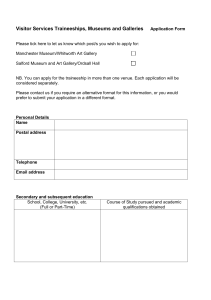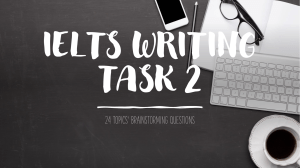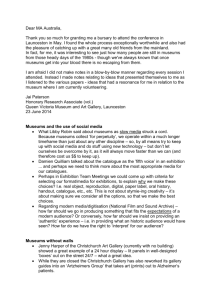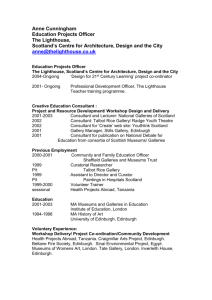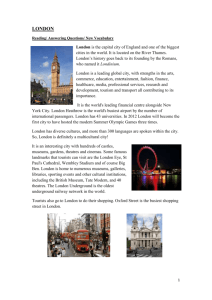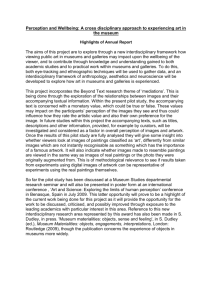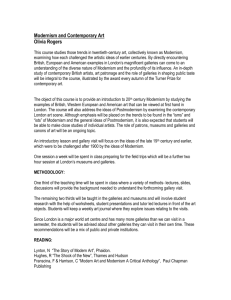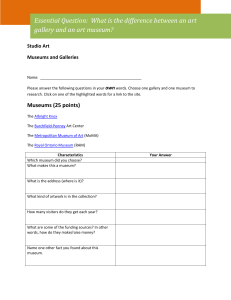School: - The National Society for Education in Art and Design
advertisement
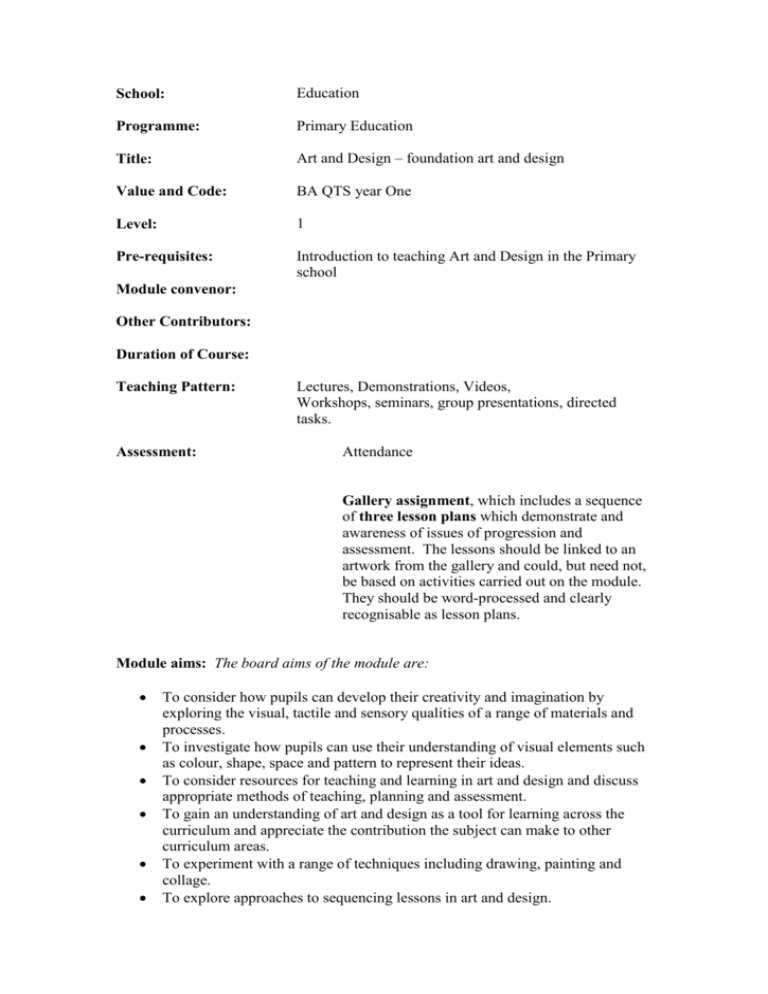
School: Education Programme: Primary Education Title: Art and Design – foundation art and design Value and Code: BA QTS year One Level: 1 Pre-requisites: Introduction to teaching Art and Design in the Primary school Module convenor: Other Contributors: Duration of Course: Teaching Pattern: Assessment: Lectures, Demonstrations, Videos, Workshops, seminars, group presentations, directed tasks. Attendance Gallery assignment, which includes a sequence of three lesson plans which demonstrate and awareness of issues of progression and assessment. The lessons should be linked to an artwork from the gallery and could, but need not, be based on activities carried out on the module. They should be word-processed and clearly recognisable as lesson plans. Module aims: The board aims of the module are: To consider how pupils can develop their creativity and imagination by exploring the visual, tactile and sensory qualities of a range of materials and processes. To investigate how pupils can use their understanding of visual elements such as colour, shape, space and pattern to represent their ideas. To consider resources for teaching and learning in art and design and discuss appropriate methods of teaching, planning and assessment. To gain an understanding of art and design as a tool for learning across the curriculum and appreciate the contribution the subject can make to other curriculum areas. To experiment with a range of techniques including drawing, painting and collage. To explore approaches to sequencing lessons in art and design. Learning Outcomes Students who successfully complete the module will: Understand the content, structure and purpose of art and design in the National Curriculum; Have begun to develop an range of practical and critical skills and knowledge in art and design; Have begun to understand the ways in which children’s learning develops and progresses in art and design at Key Stages 1 and 2 and foundation stage; Be aware of some planning, teaching and assessment methods in relation to art and design including the appropriate uses of ICT. Be aware of a range of resources and teaching approaches available to art and design education. Module Content: The lectures are designed to be interactive workshops, combining different teaching and learning methods, and students are expected to take a full part in practical and discussion activities. The diversity of teaching and learning methods reflects the range of methods students will be expected to adopt as teachers. Module content will be delivered and accessed thorough: Workshops that provide opportunities for students to explore and develop their knowledge, skills and understanding through a range of practical activities. Discussion that encourage students to develop, share and debate their views and ideas with others. Self- directed study: Students are encouraged to engage in self-directed study outside the contact hours of the module. Students should develop a file or sketchbook as a record of their learning in art and design throughout the module. This will include lecture notes and most of the practical work completed on the module, together with further investigations into practical work and extended reflections on ideas raised in discussion on the module. This is not assessed but it should primarily be a valuable and practical resource to the students when they become classroom teachers. Key Texts: Barnes, R. (2003) Teaching Art to Young Children 4-5. London, Routledge Penny, S. Ford, R. Price, L. and Young, S, (2002) Achieving QTS: Teaching Arts in Primary Schools. Exeter: Learning Matters. Williams, D. (1997) Step by Step for….(Nursery/reception, Key stage 1, Lower key stage 2, upper key stage 2) Preston: Topical Resources. DfEE (1999) Art and Design in the National Curriculum: DfEE/QCA Publications (also available at: www.nc.uk.net) DfEE/QCA (2000)Art and Design: Scheme of Work KS1 and 2 (also available at: www.standards.dfee.gov.uk/schemes/art) Journals: START: magazine for primary and pre-school teachers of art and design (NSEAD) Internet addresses: Major museums and galleries: www.nationalgallery.org.uk www.takeonepicture.org.uk www.tate.org.uk www.barbican.org.uk www.hayward.org.uk www.saatchi-gallery.co.uk www.serpentinegallery.org www.royalacadamy.org.uk www.thebritishmuseum.ac.uk www.designmuseum.org www.vam.ac.uk (Victoria and Albert Museum) www.npg.org.uk (National Portrait Gallery) www.museums.co.uk (A-Z of museums) www.galleries.co.uk www.24hourmuseum.org.uk www.artscopuncil.org.uk (Arts council for Great Britain) www.groveart.com (dictionary of art) www.iniva.org (provides resources for contemporary art in education) www.caa.org.uk (contemporary applied arts) www.artsed.getty.edu/ (an online service developed by J.Paul Getty Foundation General Art websites: www.arteducation.co.uk. For art education links and units of work www.nsead.org for art education links www.ngfl.gov.uk for art education links, virtual teacher centre/school art galleries www.qca.org.uk for education links www.ofsted.gov.uk school inspection reports Museums and Galleries: www.24hourmuseum.co.uk Art and Artists all over the world. www.sunsite.unc.edu/wm
